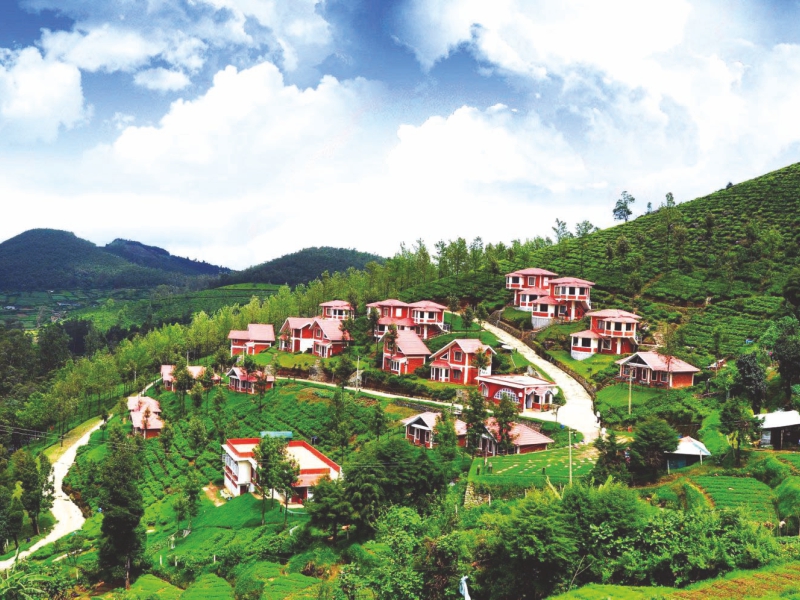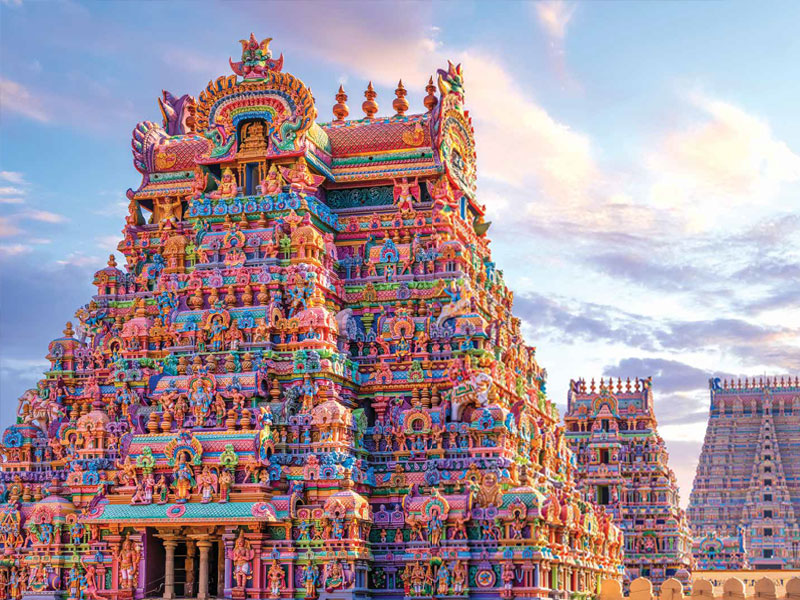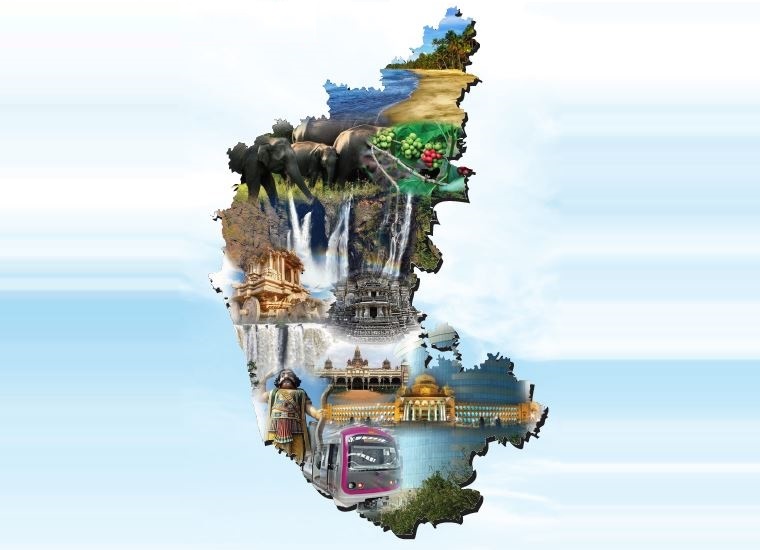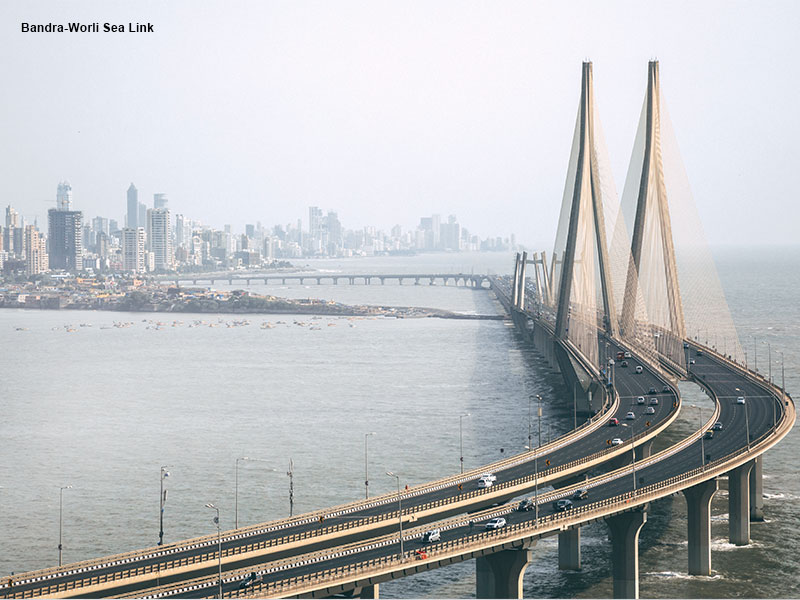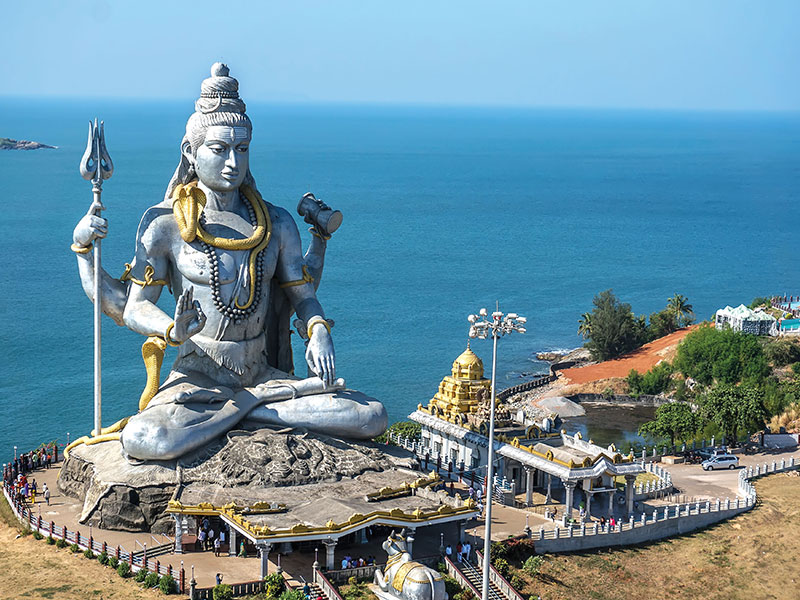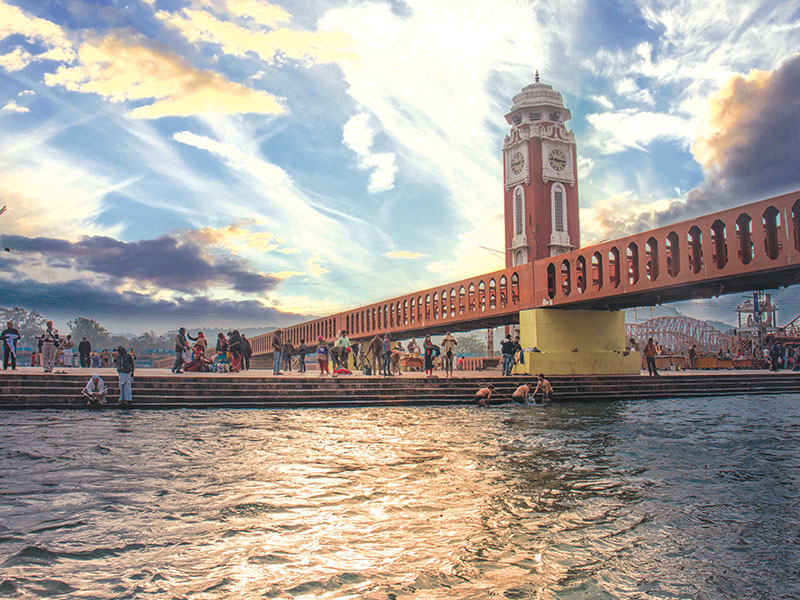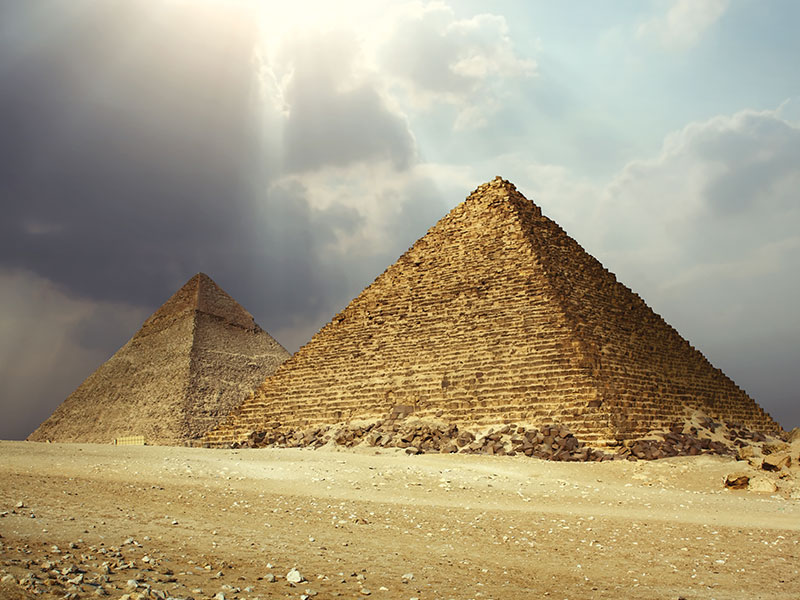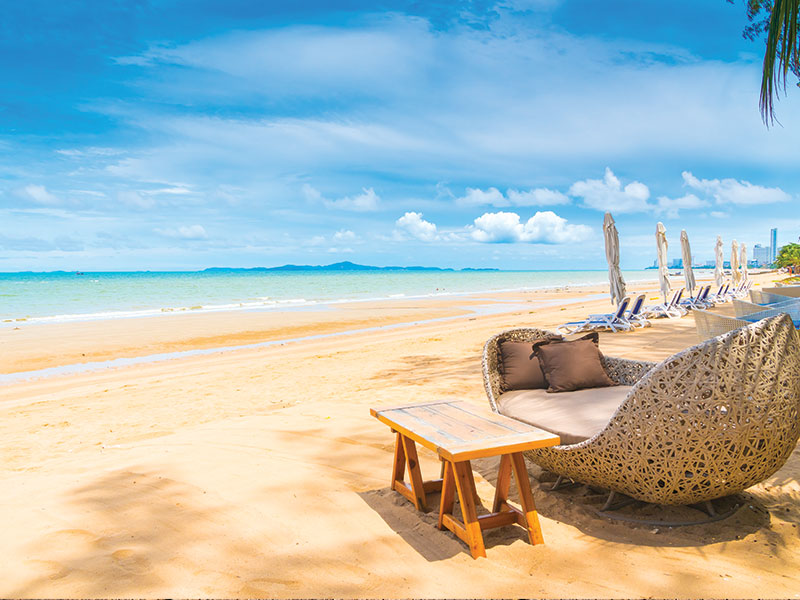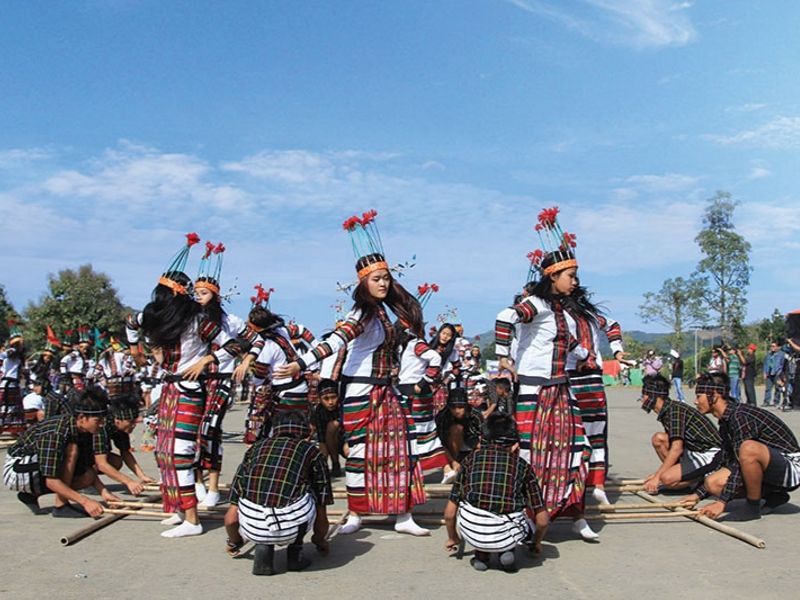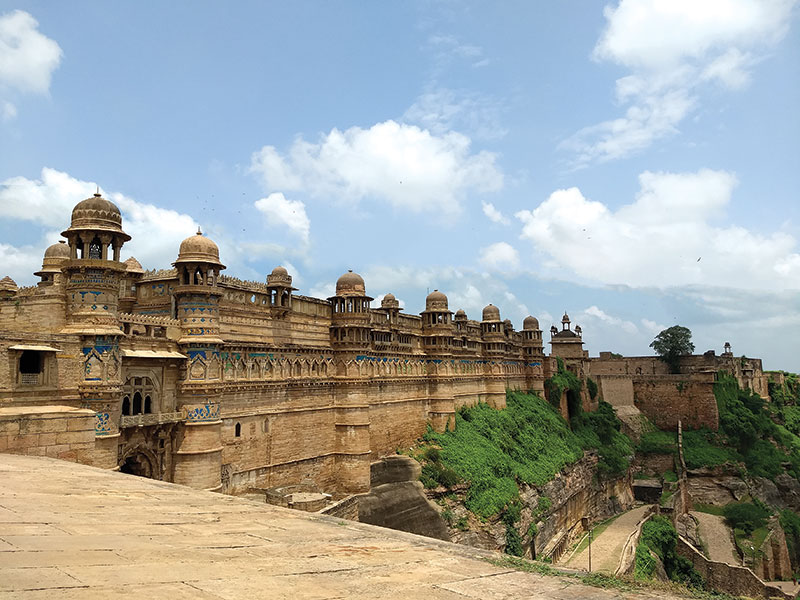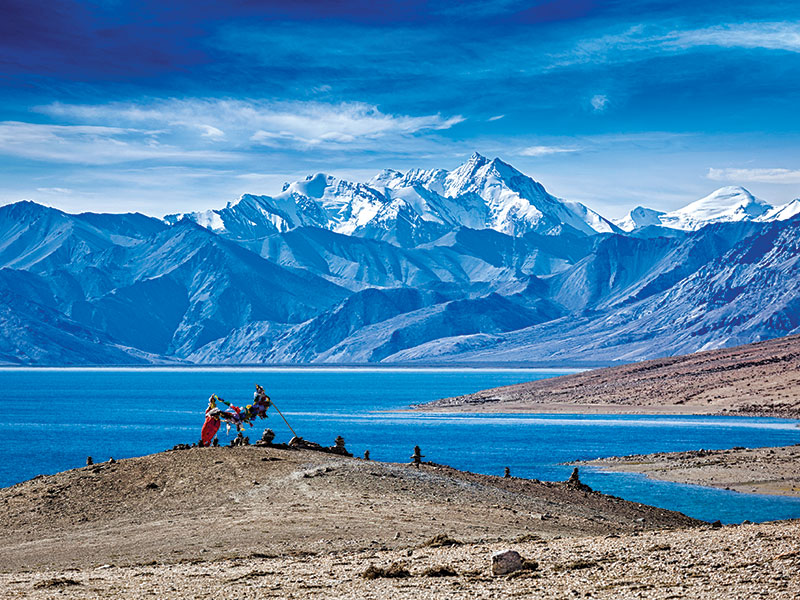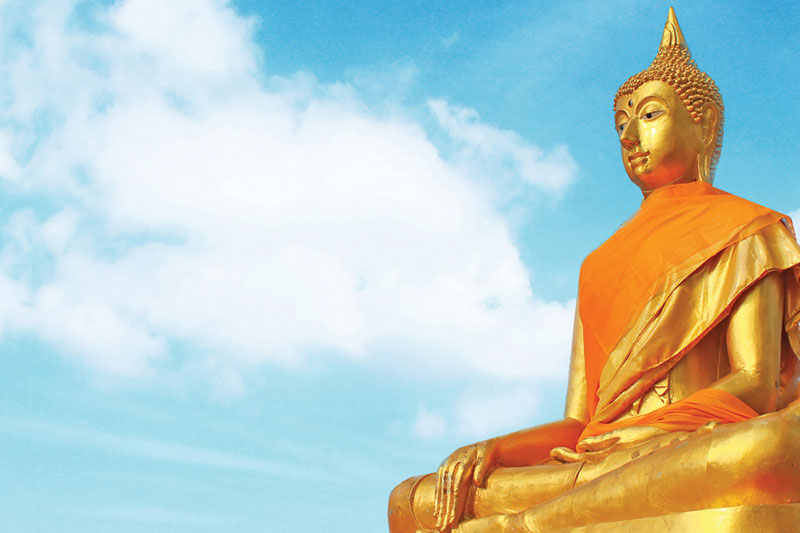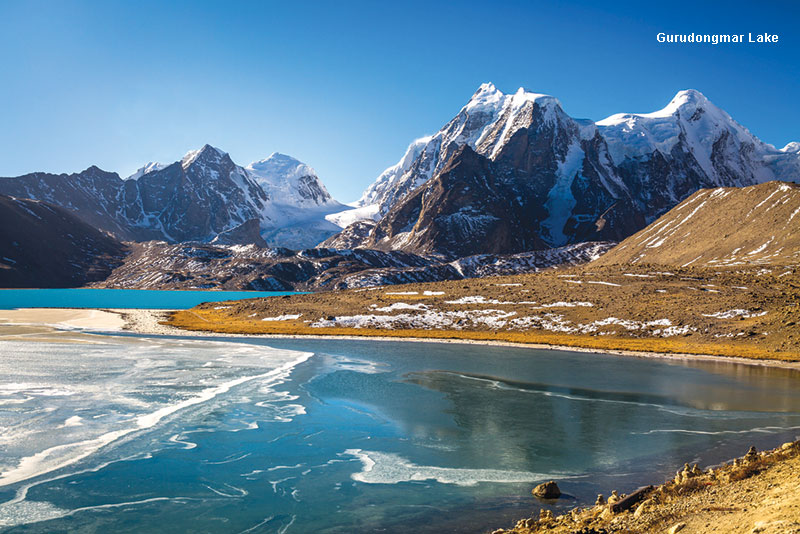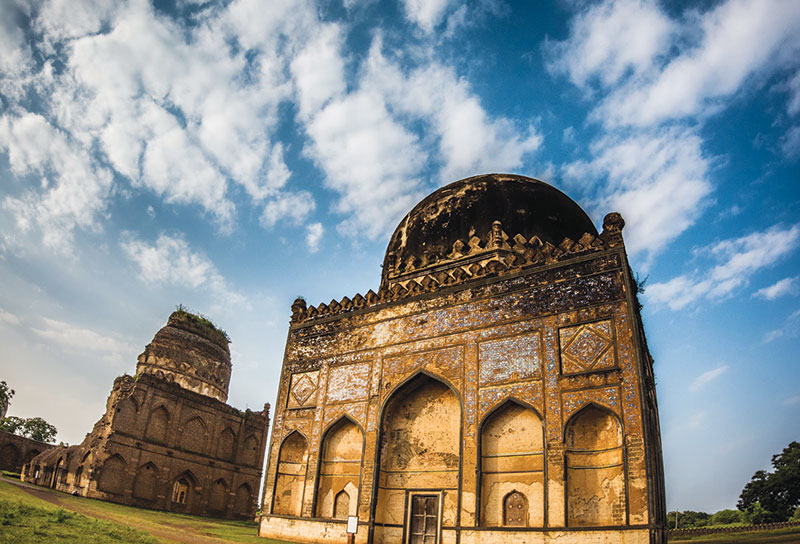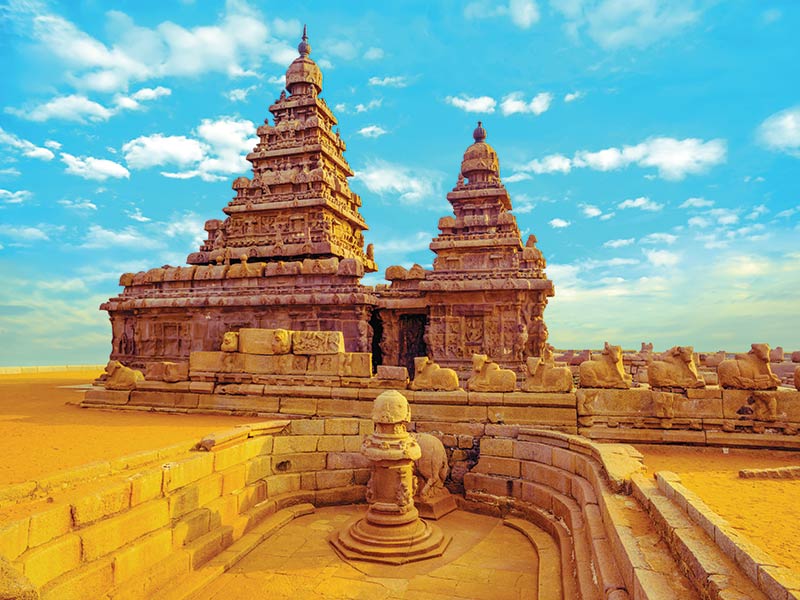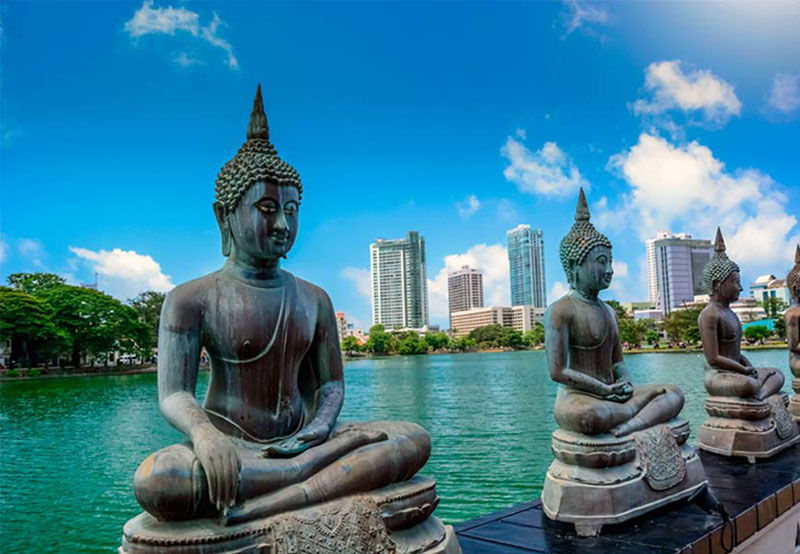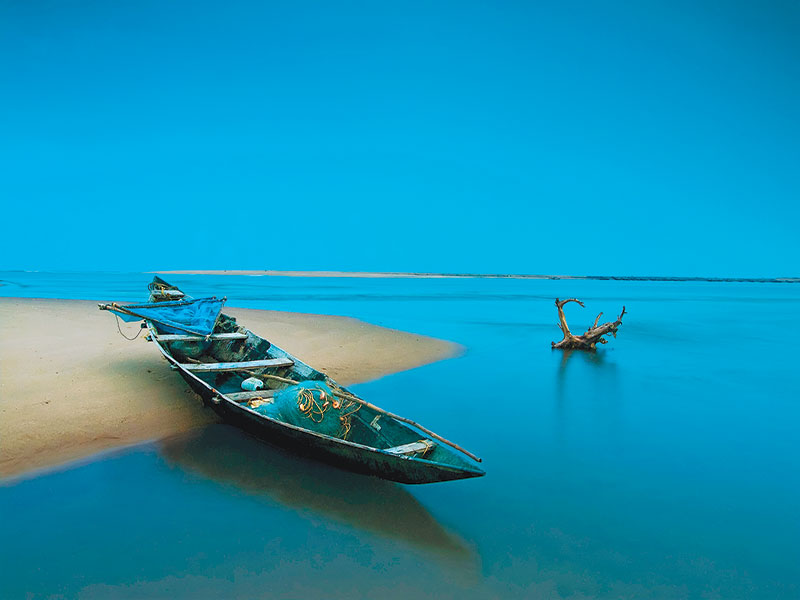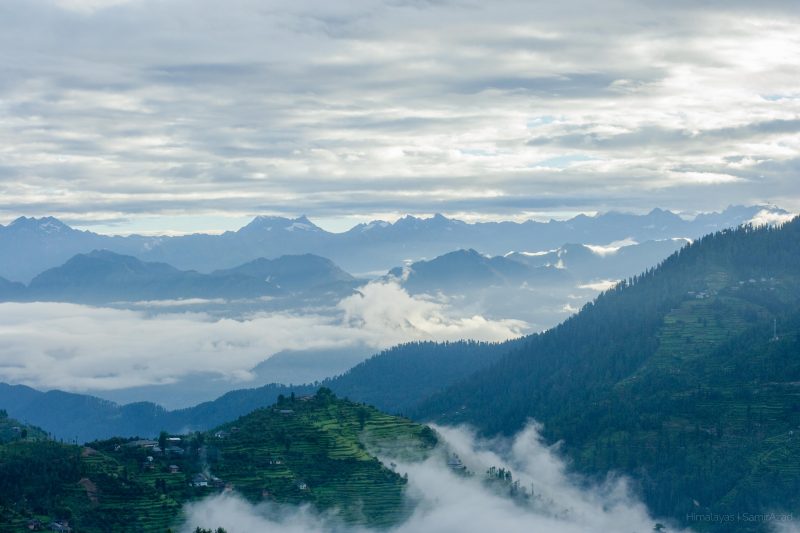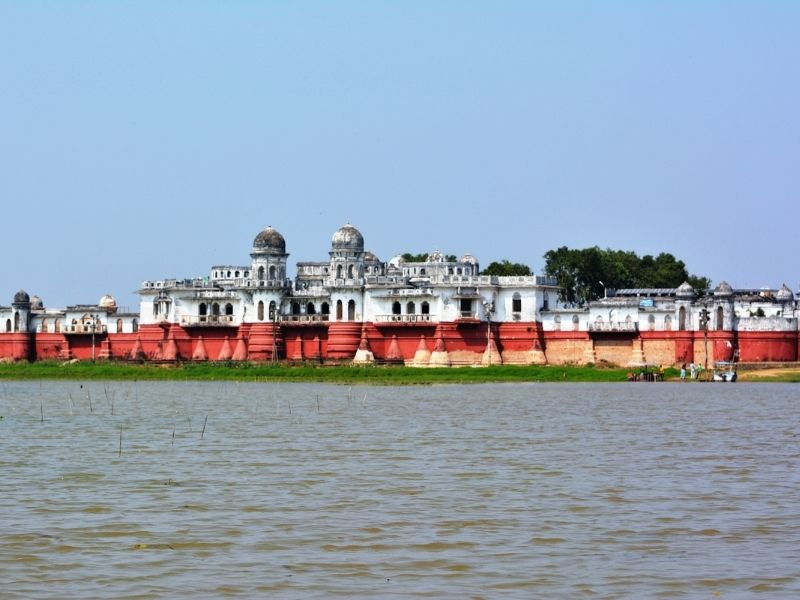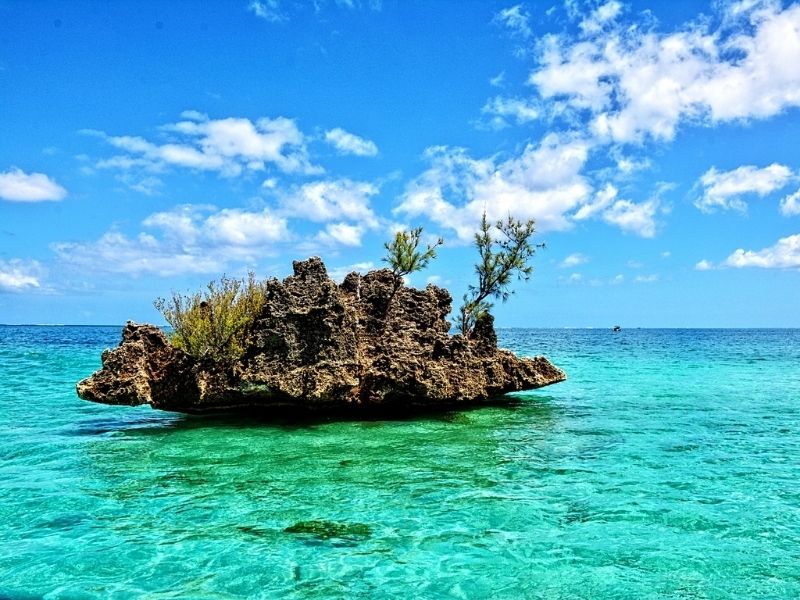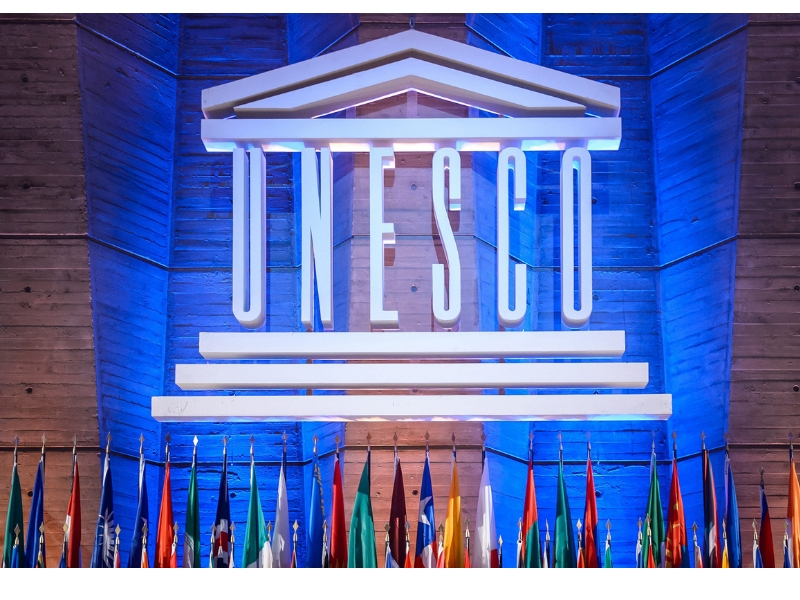Sylvan hill stations of Tamil Nadu
Notwithstanding the ravages of the past half century the Blue Mountains continue to exert a strong allure and the hill stations of this southern state attract large crowds through the year Recently a group of trekkers set off down the The Finicio Trail in the Nilgiris aka, the Blue Mountains. The three day trek followed a rough track, from Mannarkand in Kerala to Melur village in the Nilgiris — the same path that Jacome Finicio, a Jesuit priest, took in 1603 in search of the lost tribes of Israel. Finicio’s report was the first ever-recorded document of the idyllic environs and hospitable tribes of the Nilgiris. Now, 418 years later, a lot has changed. Efforts to make the hills profitable during the past 30 years in particular have been at the expense of the pristine environment of the Blue Mountains. Water drained from the Nilgiris now supports 50 percent of Tamil Nadu’s hydroelectric power and irrigates 2,000 hectares of agricultural land. The development of tea, coffee and tourism industries in the region has turned its ecosystem topsy-turvy. The Finicio trail is one way of marketing the hills through ecotourism and help them regain their past splendour. The government of Tamil Nadu is also making belated efforts to preserve the environment of its premier hill station Ooty, by restricting further construction in this region, according to a senior government official of the Tamil Nadu Tourism Development Corporation. It is also keenly promoting other hill stations in the state through publicity campaigns and advertisements in the media. Notwithstanding the environmental ravages of the past 60 years, the Blue Mountains continue to exert a strong allure and Ooty still retains much of its stately, natural charm which has earned it the title of Queen of Hill Stations. Similarly, other hill stations of Tamil Nadu — Kodaikanal, Yercaud and Elagiri Hills — continue to attract large crowds through the year, especially in the blistering summer months, when the mercury in the plains can shoot upto 40oC and higher. To those who can afford to get away, these hill stations offer a cool bracing climate, natural beauty, fresh air, picturesque mountain views and refreshing solitude. It was in these hills that the British, who ruled the southern peninsula (then known as the Madras Presidency) from the mid-18th century, first discovered the coolant charms of the ‘little England’ hill resorts of Tamil Nadu to which they could make a quick getaway come summer. A massive effort in terms of planning and engineering feats of mind-boggling complexity was undertaken to make the hill stations accessible to the public. Today these resorts which are perhaps the most enduring and appreciated legacies of the British raj, attract ever growing numbers of middle class tourists from across the country to engage in adventure activities like trekking, river rafting and hang gliding and to enjoy the annual summer festivals and cultural shows that are a common feature of every hill station. Udhagamandalam (Ooty) Nestling in the heart of the Blue Mountains,…










